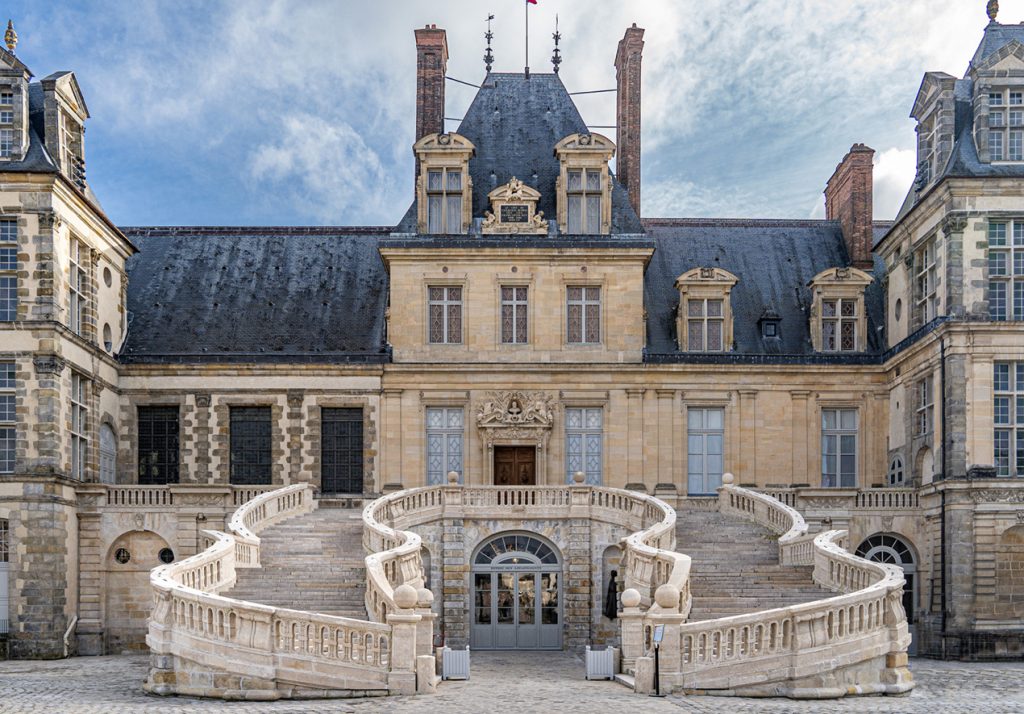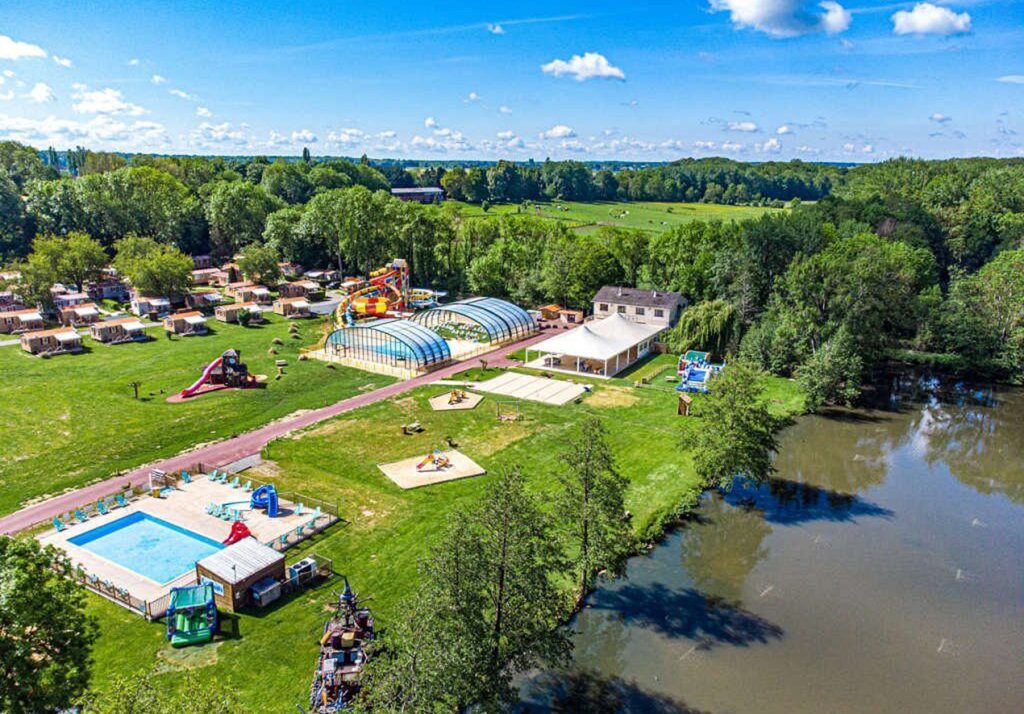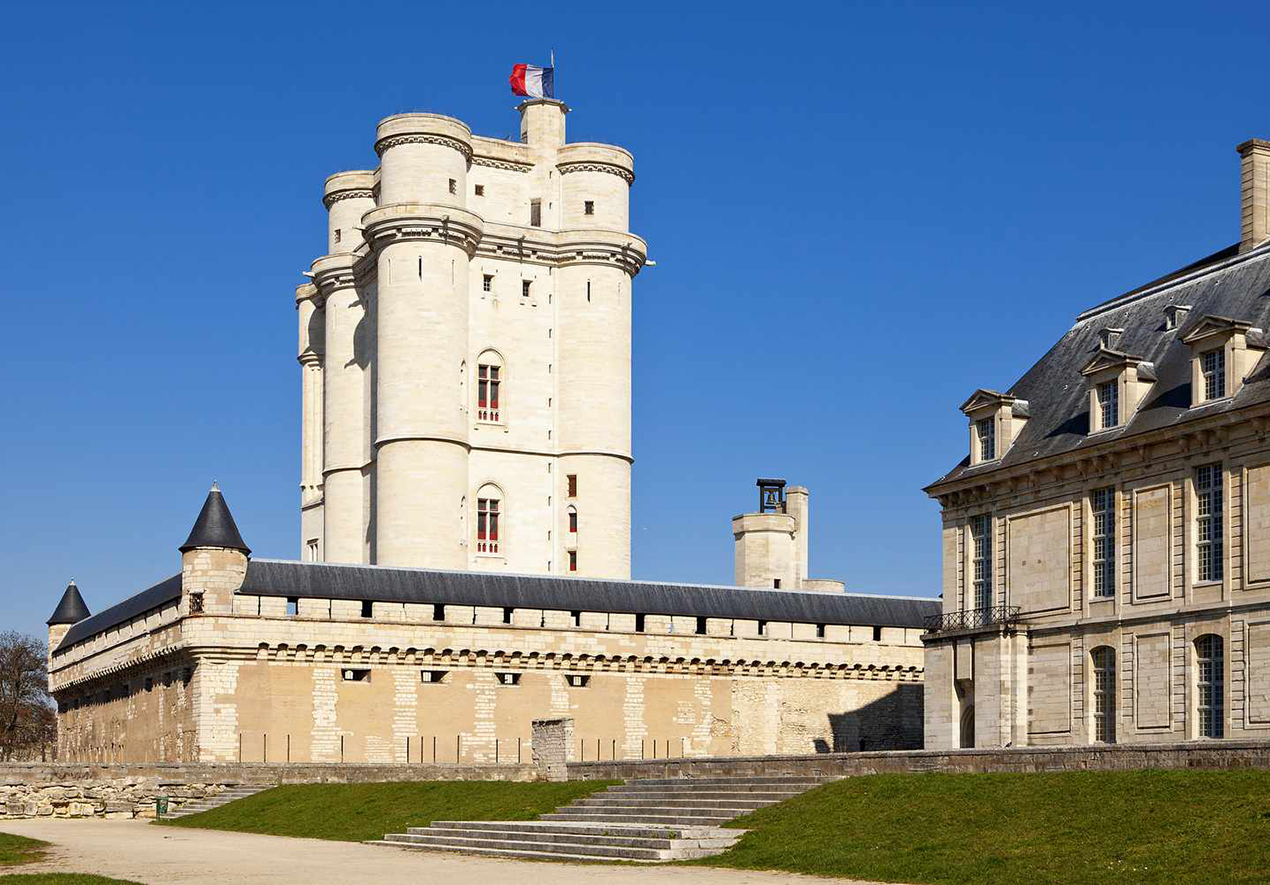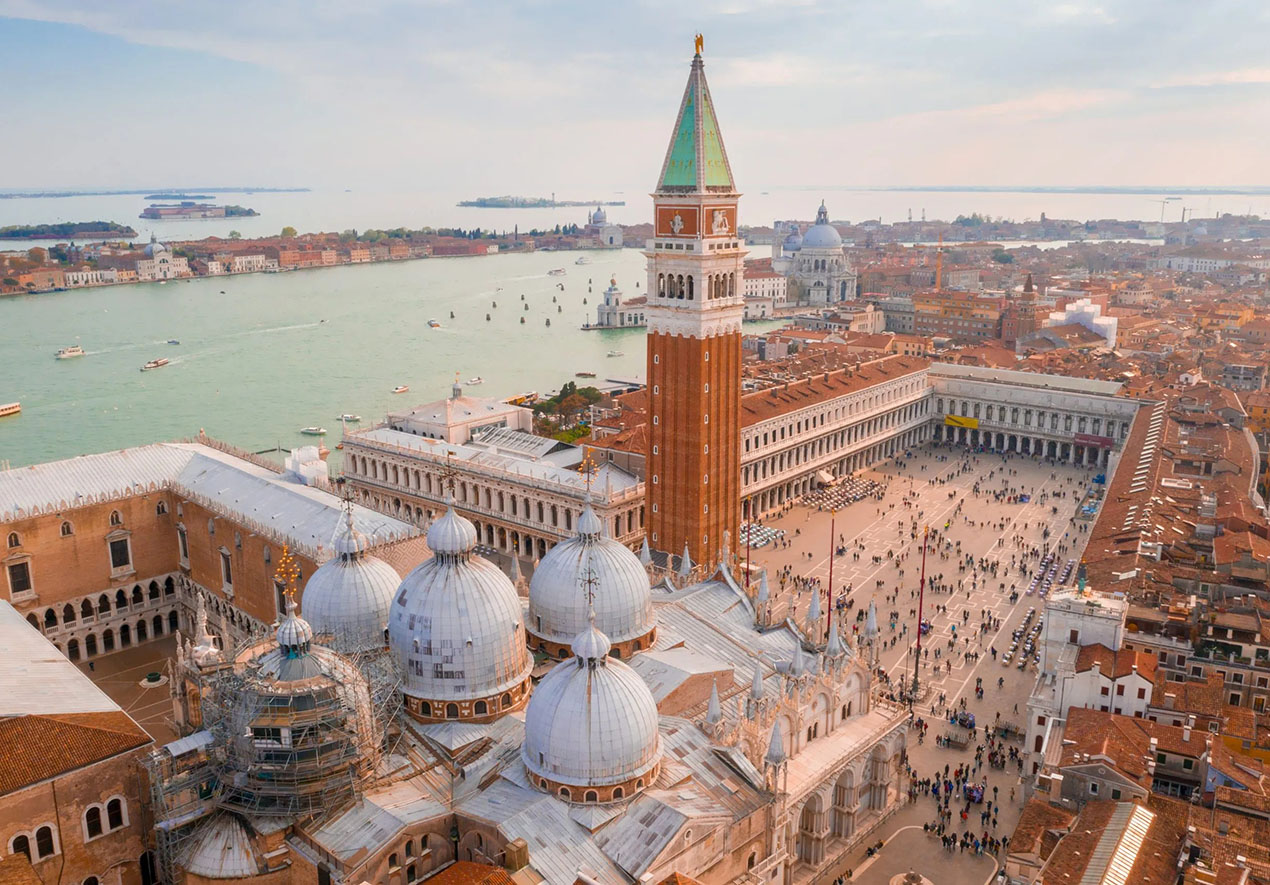If you’re looking for a weekend escape close to Paris, Seine-et-Marne is an ideal choice. This beautiful French department, located southeast of Paris, is renowned for its historic castles, charming natural landscapes, and rich cultural heritage. I’m excited to share my experiences and recommendations. Here’s a detailed guide to some must-visit spots in Seine-et-Marne that will make your weekend getaway unforgettable.
1. Visit the Château de Vincennes
Our first stop was the Château de Vincennes, a magnificent medieval fortress located just about 10 kilometers from Paris, nestled within the picturesque Bois de Vincennes (Vincennes Forest). This castle is one of the most historically significant sites in France.
Castle Highlights:
The Château de Vincennes is a spectacular example of medieval military architecture and is renowned for its well-preserved features. The castle’s most striking element is its towering keep, known as the Donjon, which stands as one of the best-preserved medieval towers in Europe. This massive stone structure rises impressively above the surrounding landscape and served as the primary fortification for the castle.
- Donjon (Keep): The Donjon is a formidable and imposing tower with four stories. Inside, you’ll find exhibits detailing the castle’s history, including its use as a royal residence and military fortress. The tower’s rooms, including the king’s chamber, guardrooms, and dungeon, are furnished to reflect medieval life, providing a vivid insight into the period.
- Exhibitions and Museum: The castle houses a museum that offers a fascinating look at medieval life, featuring artifacts, weapons, and armors. These exhibitions provide a comprehensive overview of the castle’s historical significance and the medieval period, making it an educational experience for visitors.
- Moats and Ramparts: The castle is surrounded by a deep moat, which historically served both defensive and aesthetic purposes. Walking along the moat’s edge offers picturesque views and a sense of the castle’s defensive strategy. The ramparts, or defensive walls, can also be explored. These provide panoramic views of the surrounding forest and cityscape, perfect for photography and appreciating the castle’s strategic location.
- Gardens and Courtyards: The château also features beautifully landscaped gardens and courtyards. These areas are ideal for a leisurely stroll, offering a peaceful contrast to the castle’s imposing architecture. The gardens are meticulously maintained, showcasing a variety of plants and flowers that add to the castle’s charm.
Tips:
- Advance Booking: To avoid long queues and ensure a smooth visit, it’s highly recommended to book your tickets online in advance. This will save you time and allow you to choose a specific time slot for your visit. Many online booking platforms offer flexible ticket options and sometimes even discounts.
- Comfortable Footwear: Given the extensive grounds of the Château de Vincennes, including the ramparts and gardens, wearing comfortable walking shoes is essential. The castle’s layout requires a fair amount of walking, and comfortable footwear will enhance your experience by preventing fatigue.
- Explore Different Areas: Allocate sufficient time to explore both the interior and exterior of the castle. The Donjon alone can take a couple of hours to fully appreciate, but don’t miss out on the moats, ramparts, and gardens. Each area offers unique perspectives and insights into the castle’s history and architecture.
- Photography: The Château de Vincennes provides numerous opportunities for photography, from the dramatic silhouette of the Donjon against the sky to the serene beauty of the gardens. Be sure to bring a good camera and take your time to capture the details of the architecture and the surrounding landscape.
- Guided Tours: If you’re interested in a more in-depth understanding of the castle’s history, consider joining a guided tour. Many tours are available and offer detailed commentary on the castle’s significance, historical events, and architectural features.
By following these tips, you can ensure a fulfilling and enjoyable visit to the Château de Vincennes, making the most of its rich history and stunning architecture.
2. Explore the Château de Fontainebleau
Our next destination was the Château de Fontainebleau, situated about 55 kilometers southeast of Paris. This magnificent palace is one of France’s most significant royal residences, known for its rich history and stunning architecture. It’s a must-visit for anyone interested in French history and architecture.

Palace Highlights:
- Architectural Masterpiece: The Château de Fontainebleau is celebrated for its remarkable blend of Renaissance and classical architectural styles. The palace showcases the evolution of French royal architecture over the centuries. The intricate facades and ornate details reflect the grandeur of the French monarchy. The exterior of the palace features a harmonious mix of classical symmetry and Renaissance embellishments, with elaborate sculptures and decorative elements.
- The Emperor’s Apartments: One of the highlights of the château is the Emperor’s Apartments, which were used by Napoleon Bonaparte during his reign. These rooms are lavishly decorated with opulent furnishings, grandiose chandeliers, and rich tapestries. The design reflects Napoleon’s taste for luxury and his desire to project imperial grandeur. The rooms include the Emperor’s bedroom, study, and ceremonial rooms, each offering a glimpse into the lifestyle of one of France’s most famous leaders.
- The King’s Private Gallery: Another notable feature is the King’s Private Gallery, renowned for its exquisite art collection and ornate decor. This gallery houses a remarkable assortment of paintings, sculptures, and historical artifacts. The room’s walls are adorned with detailed frescoes and gilded moldings, showcasing the artistic achievements of the period.
- The Gardens: The extensive gardens surrounding the château are equally impressive. The formal gardens are laid out in a classic French style with manicured lawns, geometric flowerbeds, and elegant fountains. We enjoyed a leisurely stroll through the gardens, taking in the serene landscapes and lush greenery. The gardens also feature tranquil ponds and shaded walkways, providing a peaceful retreat from the bustling city life.
- The Grand Parterre: One of the most famous features of the palace gardens is the Grand Parterre, a vast formal garden designed by André Le Nôtre, a renowned landscape architect. The Grand Parterre is known for its meticulously arranged flowerbeds and intricate geometric patterns. It offers a grand view from the palace and is perfect for leisurely walks and relaxation.
- The Lake of the Ponds: Another charming area is the Lake of the Ponds, where visitors can enjoy picturesque views of the water and surrounding landscape. This serene spot is ideal for taking a break and appreciating the natural beauty of the area.
Tips:
- Allocate a Full Day: To fully appreciate both the interior and exterior of the Château de Fontainebleau, it’s advisable to allocate an entire day for your visit. The palace and its grounds are expansive, and exploring all the rooms, galleries, and gardens will take time.
- Bring Your Camera: Don’t forget to bring your camera, as the château and its gardens offer many opportunities for memorable photographs. The grand architecture, elaborate interiors, and beautiful gardens provide stunning backdrops for capturing your visit.
- Wear Comfortable Shoes: The château grounds are extensive, and you’ll be doing a fair amount of walking, especially if you plan to explore the gardens and different rooms. Comfortable walking shoes are essential to ensure you enjoy your visit without discomfort.
- Guided Tours: Consider joining a guided tour to gain deeper insights into the history and significance of the Château de Fontainebleau. Many tours offer detailed commentary and background information that enhances your understanding of the palace’s historical context.
- Explore the Surrounding Area: If time permits, explore the surrounding town of Fontainebleau, which offers charming streets, local cafes, and additional historical sites. The town itself is worth a visit and adds to the overall experience of your trip.
3. Stroll and Picnic by the River Oise
After immersing ourselves in historical sites, we spent a relaxing afternoon by the River Oise (Rivière de l’Oise). The riverside paths are ideal for strolling and picnicking.
- Activity Experience: We chose a scenic spot along the riverbank to spread out our picnic blanket and enjoy our homemade food. The tranquil environment, with its bird songs and floral aromas, was perfect for relaxation. During our walk, we discovered small nature reserves and parks that are also great for family visitors.
- Tips: Wear comfortable shoes and bring picnic supplies. If the weather is good, consider bringing some light games or entertainment to make the picnic more enjoyable.
4. Visit the Château de Rosny-sur-Seine
The Château de Rosny-sur-Seine, a charming historical site located in a picturesque village, was our next destination. Though not as grand as the Château de Fontainebleau, it offers unique appeal and historical significance.
- Castle Highlights: The Château de Rosny-sur-Seine is known for its elegant gardens and ancient architectural style. The on-site museum showcases local history and artworks. We particularly enjoyed the castle’s gardens, which feature a variety of beautiful flowers and plants.
- Tips: A visit to the Château de Rosny-sur-Seine can be completed in the afternoon. Consider joining a guided tour to gain deeper insights into the castle’s history and cultural context.
5. Electric Boat Tour from Tournan-en-Brie to Moret-sur-Loing
For a different travel experience, we decided to embark on an electric boat tour. Starting from Tournan-en-Brie, we cruised along the River Loing (Luvant) to Moret-sur-Loing, a scenic journey filled with picturesque views.

- Tour Experience: The electric boat tour allowed us to leisurely enjoy the natural beauty and charming villages along the route. The crew was friendly and provided detailed explanations and historical background. The clear river water and lush greenery on both banks created a peaceful atmosphere.
- Tips: It’s best to book boat tickets in advance to ensure availability. Bring some light refreshments and snacks to enjoy during the tour.
6. Visit the Village of Lanny-sur-Marne
Lastly, we visited the village of Lanny-sur-Marne, a quaint historical village full of French countryside charm.
- Village Highlights: Lanny-sur-Marne is known for its well-preserved old buildings and charming streets. We enjoyed a leisurely stroll through the village, visiting the local church and museum. The village’s warm and inviting atmosphere made us feel like we had stepped back in time.
- Tips: Plan to spend a morning or afternoon exploring this small village. Bring your camera to capture the village’s unique architectural style and picturesque scenes.
Seine-et-Marne offers a diverse array of activities and attractions, from historic castles to scenic natural landscapes. Whether you’re interested in history, nature, or charming villages, this region has something for everyone. I hope these recommendations inspire your weekend getaway and help you make the most of your visit. With careful planning and these essential tips, you’re sure to have a delightful and memorable experience exploring the beauty and heritage of Seine-et-Marne.




